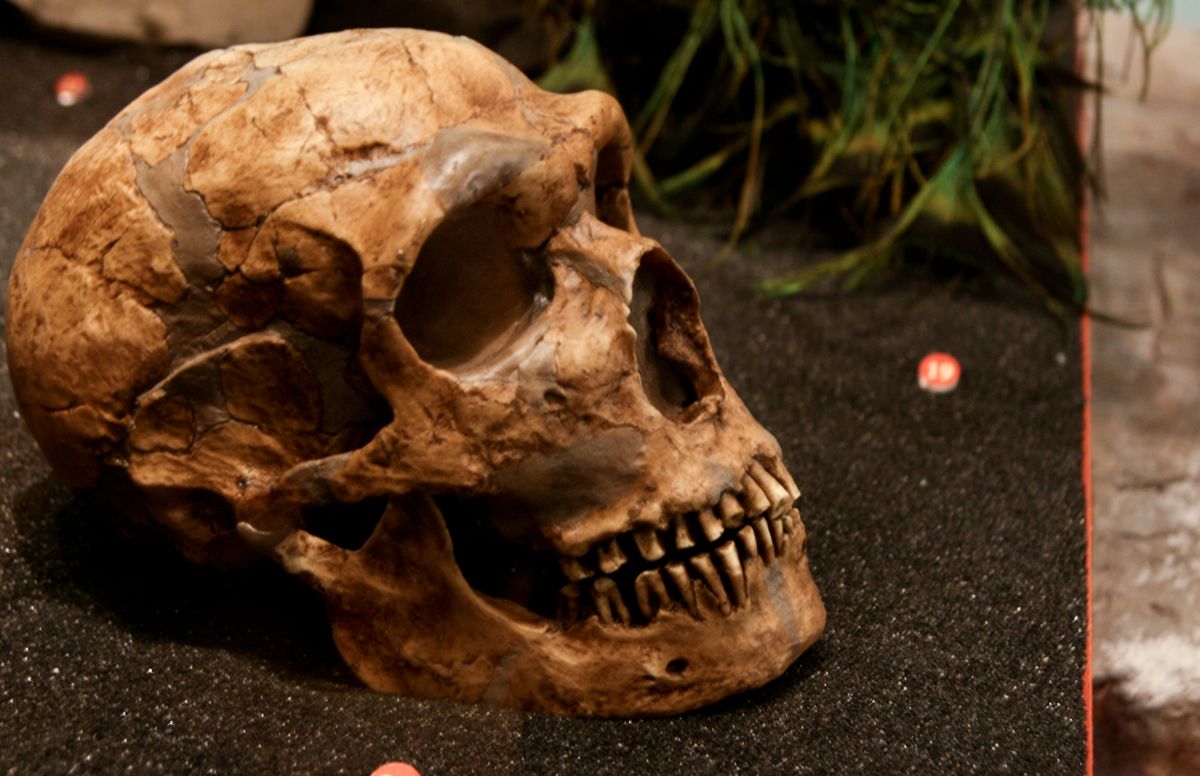D: If you were a Neanderthal living in harsh conditions around 50,000 years ago, your number-one concern was getting enough to eat.
Y: And so you’d eat just about anything that was even semi-edible … possibly including chyme—a greenish, goopy substance that consists of partially digested food mixed with digestive acid found inside the stomachs of animals.
D: That’s according to scientists who reviewed research on Neanderthal diets based on tartar built up on the teeth of Neanderthal specimens. Among other things, the research showed that some Neanderthals ate yarrow and chamomile—herbs that are not very nutritious and that taste bad, too.
Y: So, why would Neanderthals eat these herbs? Maybe they used the plants as medicine. Or, it could be that Neanderthals didn’t eat the herbs directly but instead consumed them when they collected and ate the partially digested goop in the stomachs of the animals they hunted.
D: Now, this may sound too gross to be true. But it could have been the best way for Neanderthals to include some plant matter in their diet … especially for Neanderthals who lived in very cold regions without many accessible edible plants.
Y: Plus, eating stomach goop isn’t as uncommon as you may think. Some Inuit peoples eat chyme from the reindeer they slaughter. The reindeer are good at breaking through ice to find and eat lichen and other plants. So eating reindeer chyme is an efficient way for Inuits to get some of those plant vitamins and minerals.










